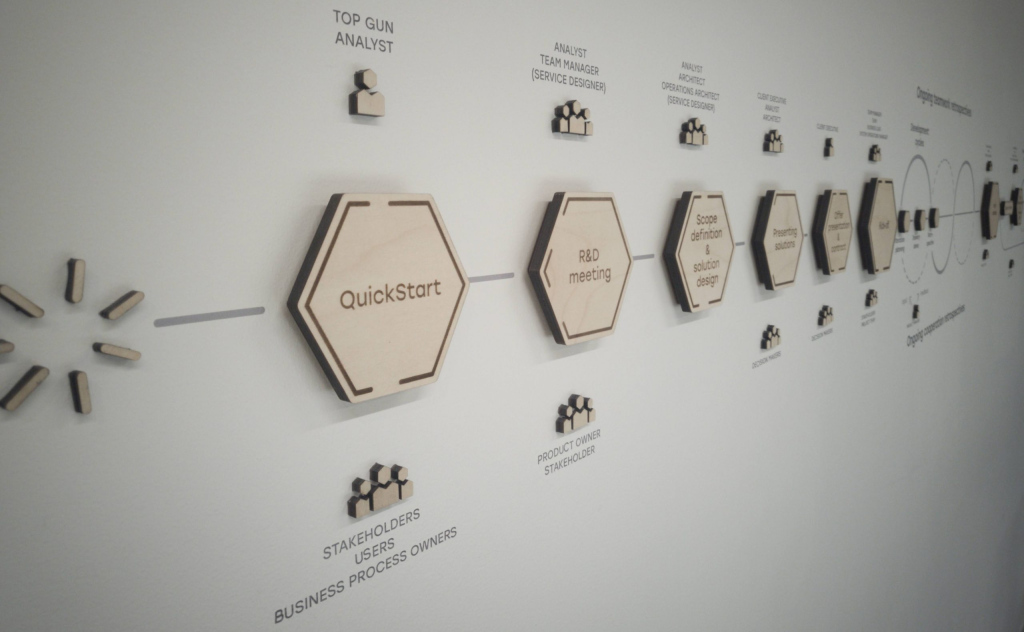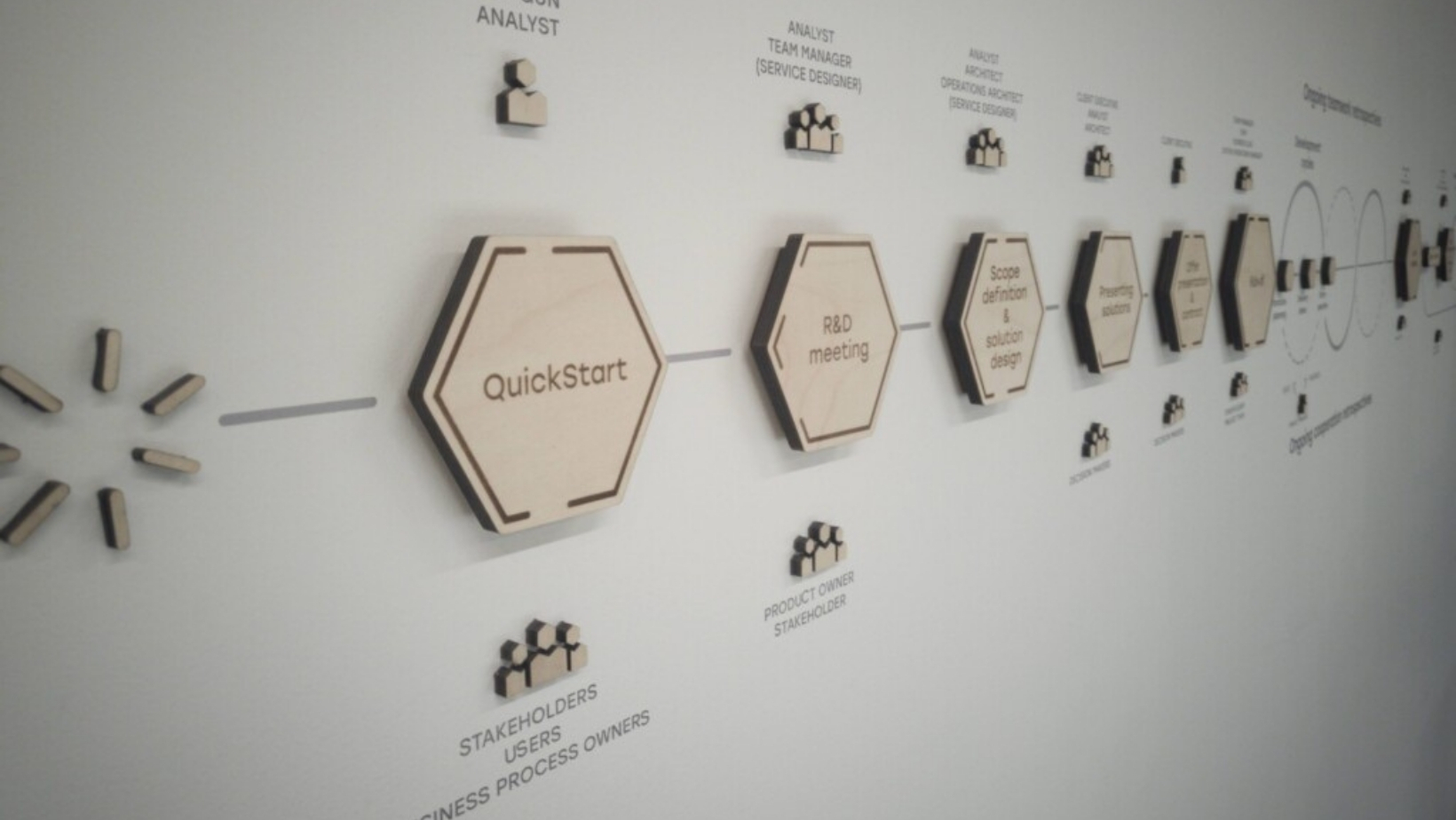To get great software through outsourcing, you don’t have to be an IT expert. But you do have to get the onboarding process right.
Outsourcing software development, especially abroad, is considered high risk by some. For others, it’s business as usual that produces great results.
I work at Helmes, and 80 percent of our work is done for export. Although our clients – like Telia, Kuehne + Nagel, and the OECD – are located abroad, we meet their high standards day in and day out.
The secret to ending up with great software is to start the process correctly. We believe our onboarding process is second to none in the industry.
See also: Our software development success stories.
Common fears
There are a whole host of fears when it comes to outsourcing. Clients fear losing control or losing proprietary knowledge.
Read also: Myth Busters: Why Outsourcing IT Doesn’t Mean Loss of Control
These are solvable problems. And to make sure we don’t run over budget, we differentiate between an estimate and a commitment. Projects are broken down into pieces, and we make a commitment for a price for each stage. Once we’ve made a commitment, we stick to it.

Doing onboarding right
Like in all successful relationships, the chemistry has to be right. Our onboarding process has six clear steps designed to ensure success:
1. Initial meeting
At this first meeting, our mission is to get to know you and to understand the business need that our software will satisfy. We’ll also introduce our way of working, which we call The Helmes Way. After this meeting, we’ll both know if it’s a good match and whether a relationship makes sense.
2. Quickstart
This is a two-week process which includes three full days at the client’s site (or video call, if a visit is impractical), plus analysis, and discussions in-house. During the Quickstart phase, we validate the needs and requirements, review assumptions, review the client’s current system landscape, divide the delivery into potential milestones/phases, estimate the scope, time and cost of the project, and identify the project owners. At this stage, we might also challenge the assumptions. The client may say “I know what I want,” but this is where we question whether this is really what they need.
3. Scope definition and solution design
This is where we propose how to solve the problem. At this stage, we agree on the MVP scope – the requirements and when they should be delivered.
4. Presenting solutions
This is a formal presentation of the solution, where the client is represented by key decision makers and the person who controls the budget. (They may not be the same person.)
5. Offer presentation and contract
You might think the contract comes sooner, but there’s no point signing anything until you know exactly what you’re getting and how much it will cost. Since we guarantee our work for two years, it’s only smart to make sure all the pre-work is done before the contract is signed. (That said, pre-agreements like NDAs are sometimes signed earlier. And contracts can be signed earlier, too, if the client prefers.)
6. Kick-off
At this meeting, we formalize our working agreement. We define the stakeholders, the decision maker, and agree on the service level agreement (how fast we respond, escalation path, etc.). We agree on development methodology, establish routines like review meetings and collaboration retrospectives, and agree on release planning and Go-Live best practices. It’s at this stage we define success and how we’ll measure it.
The Navy SEALs of software
Only when the onboarding is complete does our team begin the software development. Our experience shows that the right start guarantees the right result — and we are so committed to this six-step onboarding process that it’s mounted on wooden plaques on our conference room walls.
The best way to get started is to try us out on a small project. See how we work. You’ll see our teams are as professional as Navy SEALs. After the first project, you’ll want to continue. This is how it’s worked with our other clients: our average client relationship is currently eight years. Let’s build something together, and let us show you why we’re one of the best development partners you’ve ever had.
READ ALSO: Guide to Choosing a Nearshore Software Development Team
Get in touch

